TMW #059 | 1 year of TMW, the lost art of blogging, and TikTok’s eCommerce strategy.
Welcome to The Martech Weekly, where every week I review some of the most interesting ideas, research, and latest news. I try to look to where the industry is going and make sense of it all.
👋 Why you should sign up
There are two versions of TMW, the full version for subscribers and a 50% version that's for everyone. You are reading the 50% version. Sign up to get the full version delivered every Sunday for this and every TMW. Learn more here.
👋 Hello and welcome to new subscribers from The United States, Singapore, The United Kingdom, Australia, and Indonesia! Know someone who loves Martech buzzwords? Send them this link.
This week is a special edition of TMW. I’m reflecting on a year since launching the newsletter. I also have an invitation for you, and there's the regular list of everything that happened in Martech this week.
Let's dig in.
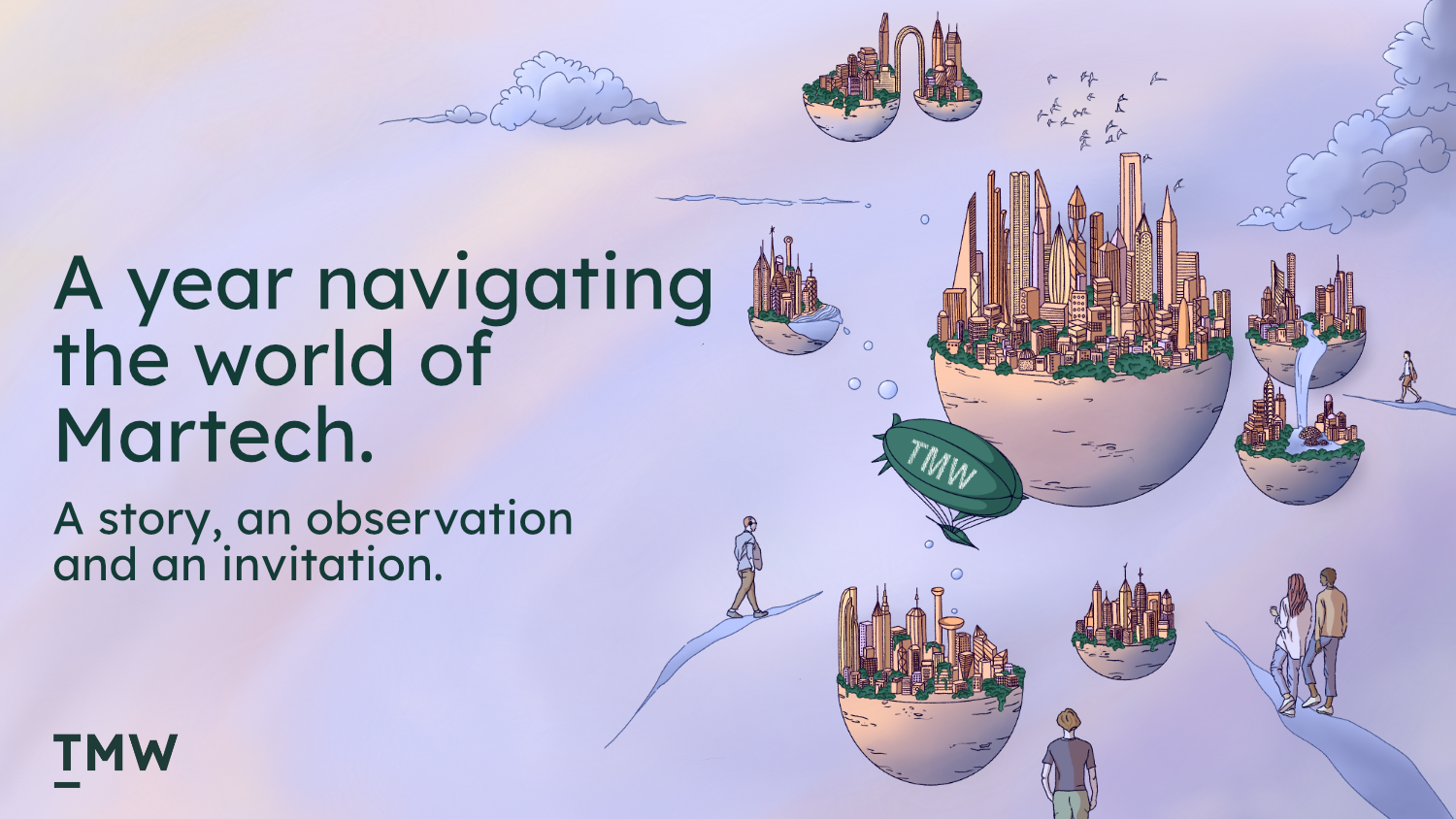
🎂 1 Year of TMW: A story, an observation, and an invitation.
A Story.
TMW started as a text message with my manager. It was one-third a joke and one-third an experiment, and one-third a response to my frustrations with battling the algorithm (more on this below). 1 year, 120,000 words, 780 subscribers, 3,400 saved articles, and countless hours later, I can definitely say it’s changed the trajectory of my career in the marketing tech industry forever.
Here’s the thing about writing every week, you have to show up and actually do it. I average about 1,600 words per newsletter, or about 4 - 6 hours a week just writing. Most people I talk to can’t imagine committing to something like this every week, and I tend to agree. I couldn’t have imagined myself embarking on building TMW over a year ago. I have two kids under five, a wonderful wife, a not-so-wonderful mortgage, and a full-time, senior position in a growing Martech consultancy. And if you know anything about working in consulting, it’s a performance gig, you’re not there to collect a paycheck. This should have been more than enough, but for me, it wasn’t and still isn’t. And here’s why.
TMW is my way of understanding the Martech industry. Full stop. The best way to figure out how you think is to start writing, and if you really want to figure it out - write for an audience. Stick your neck out and see what people say. Inviting you, into my explorations of the Martech industry is how I improve my own writing and thinking, and speaking with many of you, I’m pretty sure I’ve figured out the big reason behind why most TMW subscribers continue to read it every Sunday.
This past week I had the pleasure of speaking with a few senior leaders in the Martech industry. When I asked what they get out of TMW, two people, working in different aspects of the industry, from two countries told me the same thing: When they read TMW It feels like someone you trust is just having an honest conversation with you on an important topic. This is the way I designed TMW. It’s intentionally an anti-journalistic endeavor because I'm not a journalist. Explaining things as simple as possible, and talking about the major landscape changes of the marketing technology industry has been my aim, and you don’t need a degree in journalism to do that.
There’s another reason why I think TMW has this effect. I was reminded of Paul Graham’s essay - A Project of One's Own on the topic of finding something you can throw endless effort at, and this captures the spirit of TMW well. The ground truth is that I really enjoy writing TMW every week. But more importantly, the newsletter, podcast, and community is part of a lifelong pursuit to understand what technology is doing to us, at a personal, economic and societal level.
I’d argue that Martech sits right in the crux of these three areas. There’s really no other industry that has such a direct line to a person’s experience than Martech. This is one of the major reasons why the TMW audience has grown beyond what I thought was possible. Many people also enjoy this pursuit and have been as happy as a pig in mud to do it.
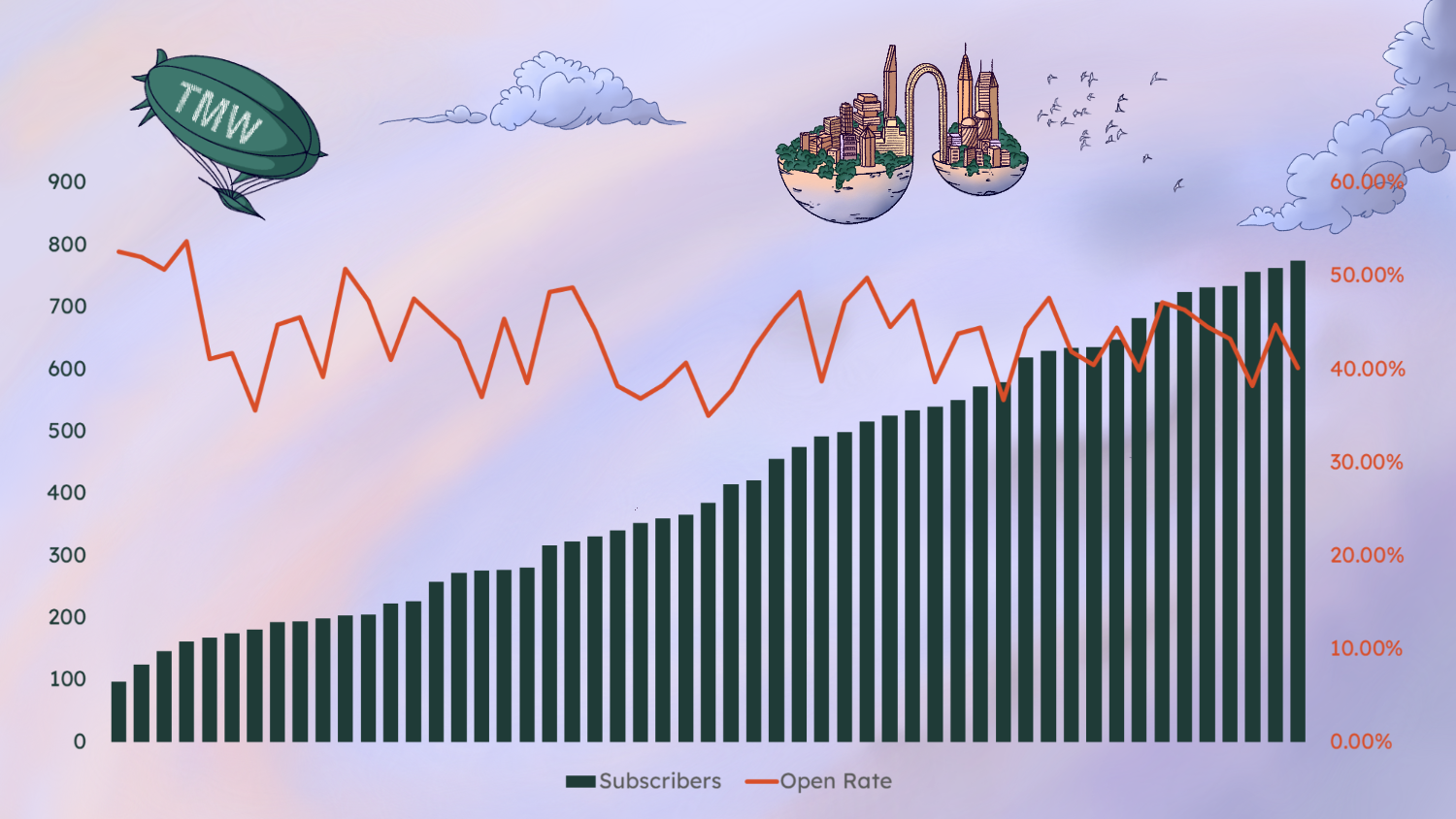
The illustration of a pig’s trough for the marketing and tech media landscape is intentional. Most of what I come across in this space is messy. This is because of how hard it is to find high-quality thinking in the marketing technology media environment.
When battling the algorithmic social feeds, or relying on SEO-optimized Google listings for content and news, it's really challenging to separate noise and signal. What should you be paying attention to in the market? What should you ignore?
Our current digital media climate contributes very little of value to these questions. I have an observation for why this is the case.
An Observation.
My hypothesis for why it’s so hard to navigate media in the Martech space is this - most industry content is a vehicle to sell something. Let me ask you this - can you think of any major publication in this space, from AdWeek to Bloomberg, to TechCrunch that is not using content to sell ads, software, or services? It’s ok. I couldn’t either and that’s a problem.
I believe, in a similar vein to Ben Thompson's Stratechery, that outside influence on media creates incentives that are not aligned with your readers. And it got me asking a question, what does this do to our industry?
I recently had a discussion with an executive working with a Martech industry publication. I asked them why industry publications run so many “director X goes to Y company” type articles, essentially professional gossip. The reason, my interlocutor told me, was that was what got the clicks, and if a media brand is getting clicks their advertisers are happy, and if the advertisers are happy their journalists can afford to buy groceries that week.
We can't escape that the incentives of the media industry create a problem for the reader. Can we trust that the insights, advice, or analysis that comes out of our media landscape is fully for our benefit? Sure there's plenty of benefits, learning skills and troubleshooting problems are a couple of them. But when it comes to strategic thinking and staying competitive the problem changes.
As I mentioned a couple of newsletters back, more than 85% of people from a recent Edelman survey said they’d like research coming from tech vendors to be validated by a third party. After all - if you’re trying to sell ads or software anything that conflicts with the value proposition is not gonna make it. Sorry, not sorry.
This problem becomes mission-critical when it comes to strategizing where to invest next year’s marketing budget, or deciding on technology investments, and even where you should be getting up to speed in the industry. In a space where everyone wants to sell you something, and when media is just a thinly veiled attempt to do so, where should you go for guidance? What's going to keep you competitive?
As we all know, Martech moves at an incredibly fast pace. At the start of 2021, not many of us knew that NFTs, Clubhouse, or the metaverse were things in Martech we should know about. Neither did we know that Apple would disrupt the age-old email open metric and implement ATT or that Google is going to remove third-party cookies. And that was only 9 months ago.
The people who subscribe and read the newsletter work in the world’s most well-known companies in the world. From publishing to platform tech, social media, education, consulting, streaming, or research, readers join because they want help navigating the industry from someone who’s in the trenches, working it out in real-time. They don't want more thought leadership that's designed to sell.
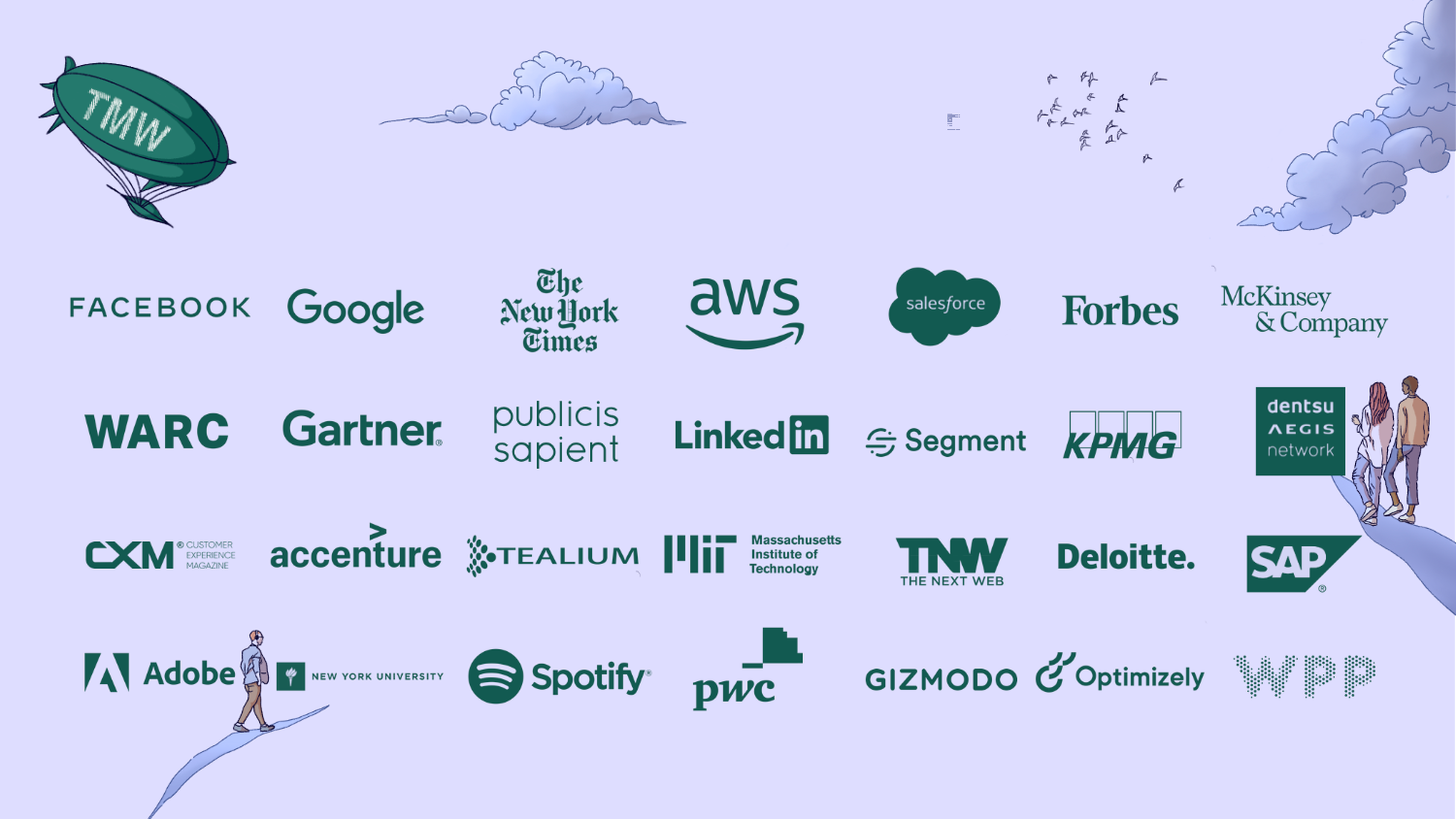
So that’s my observation - our industry and our careers in Martech need high-quality and independent content to inspire, educate and inform us on what’s important. And most of the time, it’s obscured by misaligned incentives, where the advertiser, software vendor of the consultancy has influence over what you’re reading, watching, and listening to. This is why it's hard to stay ahead.
An Invitation.
I didn’t have a vision for TMW when I started it. Like I mentioned at the top - it started partially as a joke. But I do now - to build the most trusted marketing and technology media firm on the planet. I want to make it really easy to stay ahead of the important shifts in the Martech industry so that readers can have better strategic conversations, and act on opportunities in the marketplace. For TMW, trust is more than a given, it’s the reason why people keep reading every single week. People trust my views because there’s no incentive for me to write other than the pursuit and promotion of understanding the Martech landscape.
So here’s the plan. In early 2022 I’ll be launching a paid version of TMW, it’s called TMW Plus. And I will be shifting to three models of the newsletter. A free (and always ad-free) slimmed-down edition, a reasonably priced premium edition, and an opportunity for you to become a founding member which will have some unique aspects to it.
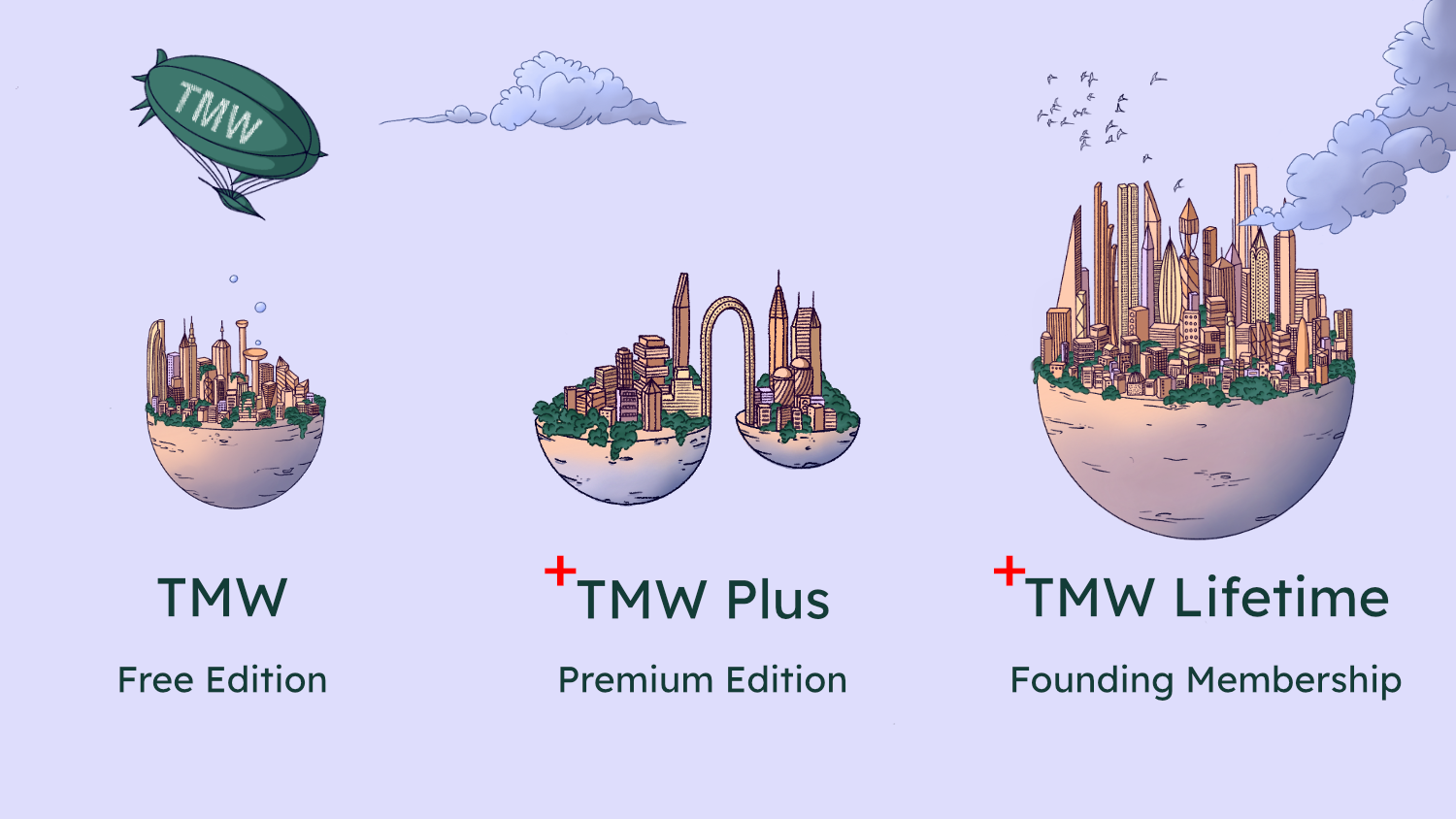
My aim is to continue to provide an honest, and clear-eyed view of the industry at an affordable price, and be able to invest back into TMW so that more marketing technologists can better navigate the industry. Paying memberships also means that my job then becomes delivering as much value as possible to the reader instead of the advertiser.
So there you have it: A story, an observation, and an invitation. I hope to serve this community for many years to come as we continue to navigate one of the most fascinating industries on the planet.
Go here to join the TWM Plus builders list for free.
📈Chart Of The Week
The lost art of blogging. Before social media, there were people writing on WordPress and Blogger sites and riding the early SEO traffic wave. 20 years later and the situation has changed. There are still plenty of bloggers out there, but many have moved to the Substack/newsletter model or to writing Twitter threads. The reason: It just doesn’t create as much value as it used to. Link
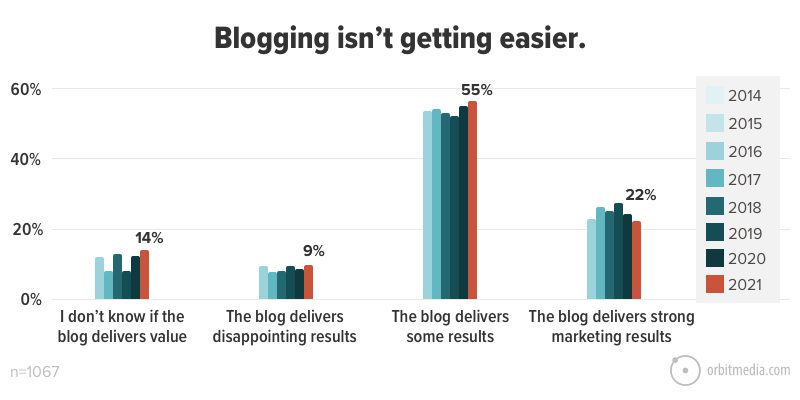
📰 Latest Developments
TikTok is building an eCommerce platform. Friendly reminder that Bytedance, the parent of TikTok is an AI company and that social shopping is already a massive industry in China. If TikTok can close the loop for advertisers between demand and conversion, it could mean significant disruption for the eCommerce industry. TikTok has been successful in aggregating attention, but can they aggregate the checkout? Link
Steam rejects the blockchain. Steam is the world’s largest gaming platform for PCs. They‘ve announced this week that any games that use blockchain technologies like in-game currencies, marketplaces, or NFTs will be banned. There’s a legal exposure aspect to this, if a game is hosted on the Steam platform, and there’s a hack, and a loss of “real world” currency, then it makes sense to avoid it altogether. Link
HubSpot’s $100 Million fund. I’ve always found this company’s M&A strategy unique for the B2B software category. Hubspot is relaunching the CRM Platform Fund, which is designed for early and growth-stage companies in this sector. HubSpot wants to mitigate the impact from early disruptors and extend the platform into other niche verticals. Link
📚 Reading
Business flexibility and the multi-cloud. Not long ago, businesses ran their servers, and all the data, applications, and services on-premises. Then the cloud came along and pushed all of that offsite and online. The next generation of cloud technologies is likely to be focused on enabling businesses to partition multiple cloud instances, and their various capabilities together. After all, explaining to your customer that Azure doesn’t do that, is not a very good excuse, is it? Link
The history of the 3rd party cookie. Why is the cookie death happening now? Who invented this technology? How has it changed over the years? Some of the answers are here. Link
The myth of performance advertising. The always skeptical Rand Fishkin on the credit advertisers take when it comes to revenue attribution. The answer to attribution questions shouldn’t be if someone clicked and purchased, but rather were they going to purchase anyway? Link
🔢 Data & Insights
The top 250 Fintech companies of 2021. Fintech has exploded this year. From neobanks to BNPL to crypto to lending to compliance, the payments layer of the customer experience is changing quickly. Link
Is VR really the next big jump for CX? Sure, AR and VR headsets have tripled in sales over 2021, and sure there’s some cool stuff happening there. But will the mass-middle actually adopt the technology? Are there any real opportunities for marketing and advertising in this space? The jury’s still out. Link
The creator economy and the 1%. The creators of the internet literally enabled the social media landscape we live in today. As the creator monetization movement gained traction in 2021, the outlook isn’t so great. The top 1% of Twitch streamers earn 50% of all revenue on the platform, the same goes for podcasters, newsletter writers, and Youtubers. There’s the elite creator, and then there’s everyone else. Link
💡 Ideas
Why decentralization is not important. The entire web3 internet movement is all about decentralizing access, power, and finances. But what would the decentralized web actually do? How would it be different from today? The answer: Not much. Link
The gig economy, but for customer service. McKinsey on turning your customer service employees into gig workers. They even have a name for it - “Gig CX.” Customer service has always been a cost center, but it’s also a wellspring of customer insights. What is lost when there isn’t a customer service team anymore? Link (Also pairs well with this article)
The Adtech/Martech lexicon. This week I asked if anyone wants to create a Martech buzzword register, and someone sent me this. It’s close enough. Link
✨ Weird and Wonderful
AI sneakers. Product design is one of the less talked about areas where machine learning is disrupting. Now you too can design your own sneakers and compete with Kanye. Link
The anti-attention social network. Minus is an experimental social network with a catch - you only have 100 posts for the lifetime of your account. Link
Getting sued for using the F12 key. A US governor tried to sue a journalist when they reported that a government website was exposing user information. The crime? Using Google Chrome’s view source code tool. Facepalm. Link
Stay Curious,
Make sense of marketing technology.
Sign up now to get the full version of TMW delivered to your inbox every Sunday afternoon plus an invite to the slack community.
Go deeper into Martech.
📲 Did you know you can get TMW in Slack? Many TMW subscribers prefer getting the newsletter in our dedicated Slack space. Last time I checked there was an average of 500 DM's per month, because Slack only content is posted there, along with a jobs board and more. Join the community here
🔊 Listen to Making Sense of Martech. A brand new podcast interviewing the people behind the most popular and interesting content in the TWM newsletter. New episodes come out every Sunday.Listen on Apple, Spotify,Google and everywhere else. Enjoy!
👕 TMW Merch. Limited edition streetwear from The Martech Weekly newsletter and podcast. Get it here.
Want to share something interesting or be featured in The Martech Weekly? Drop me a line at juan@themartechweekly.com.
